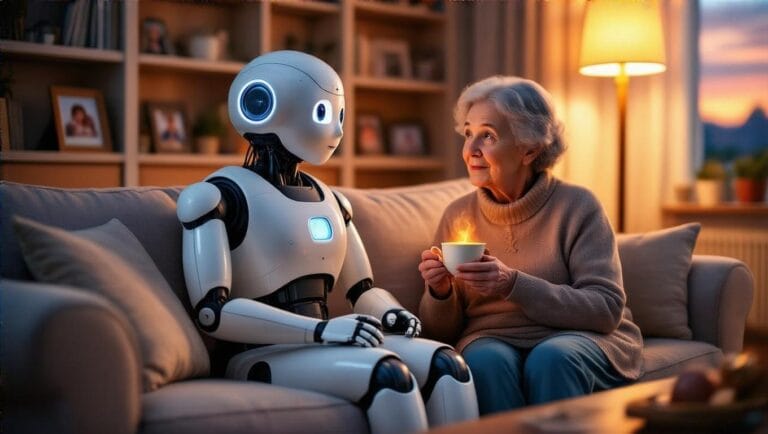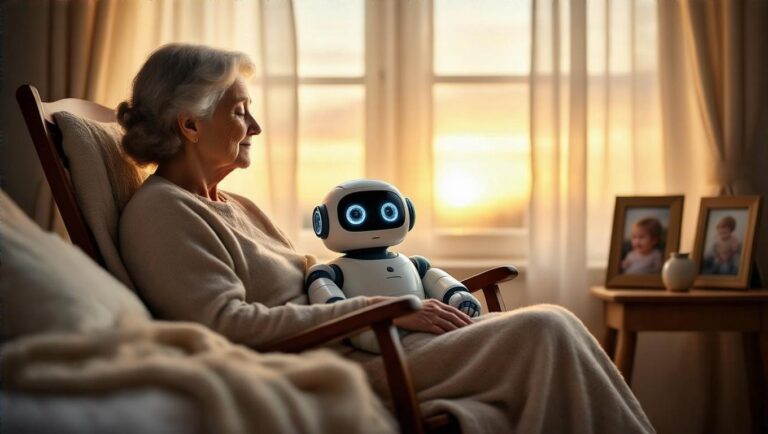Answer just a few questions and we'll have you matchedwith your perfect Companion Robot!Click now for your FREE custom report!
Smart Robots with Voice Recognition: The Future of Home Companionship
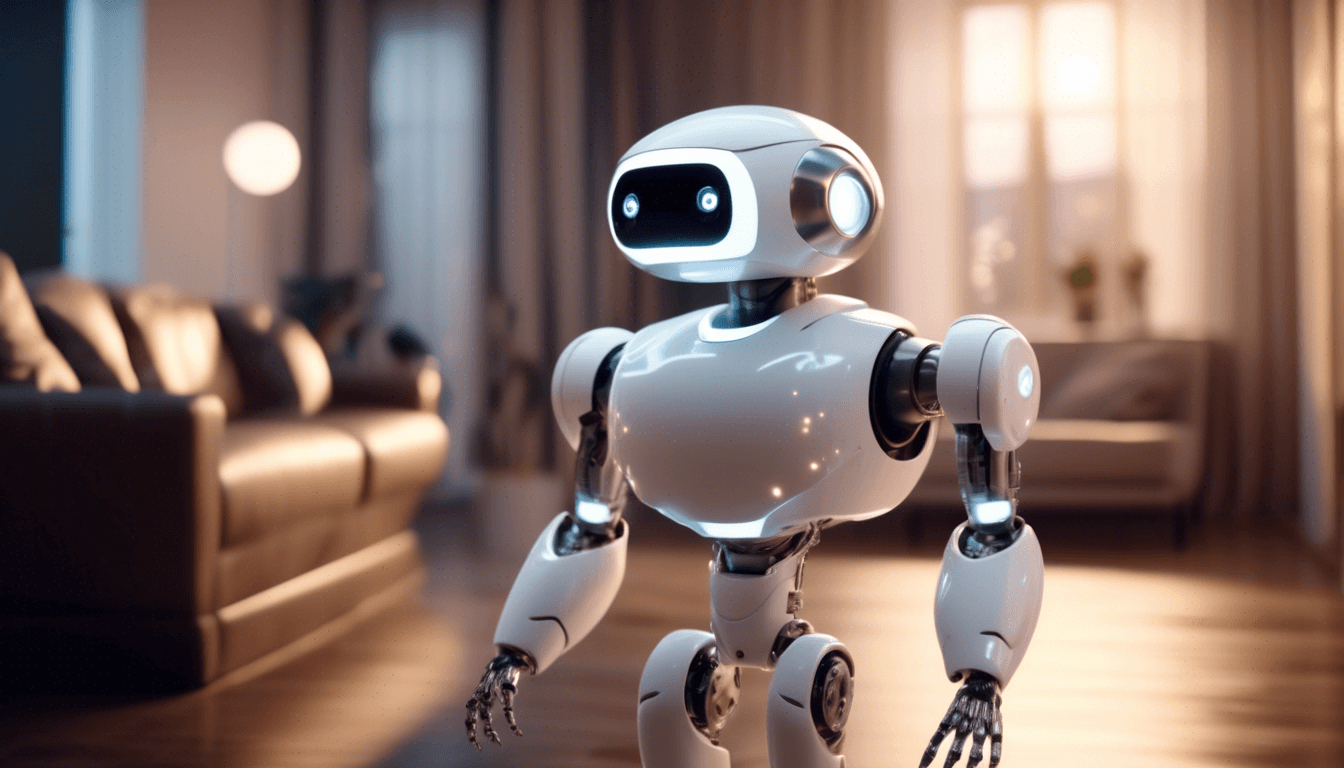
Smart Robots with Voice Recognition: The Future of Home Companionship
Imagine having a robotic buddy who not only helps with household chores but also engages in witty banter and remembers your favorite jokes. Thanks to advancements in artificial intelligence and natural language processing, this sci-fi dream is closer to reality than ever before. Enter the world of smart companion robots with voice recognition – your new BFF (Best Friend Forever) with a silicon brain and a heart of gold.
What Makes These Robots Smart?
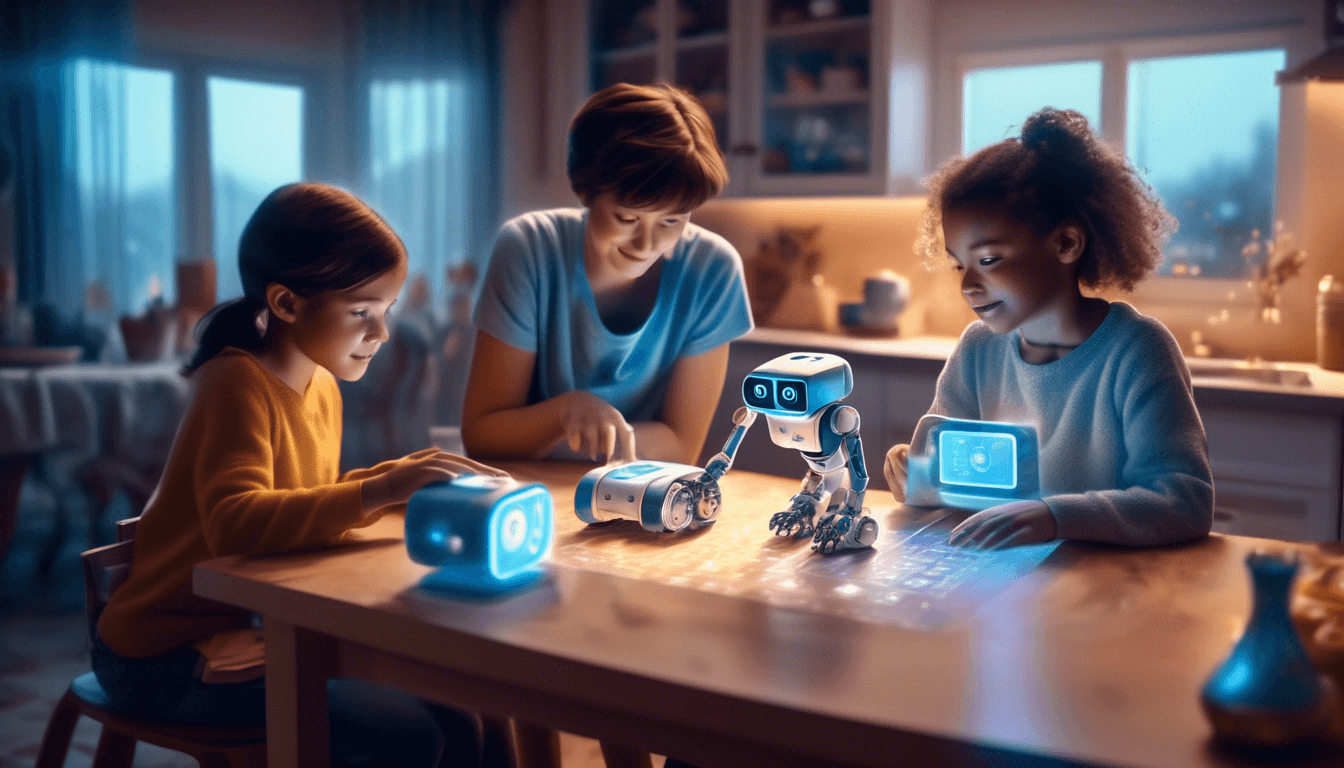
These aren’t your grandpa’s clunky, monotonous robots from the 1950s. Today’s smart robots are equipped with cutting-edge tech that allows them to understand and respond to human speech, recognize faces, and even learn from their interactions. It’s like having Siri or Alexa, but with a physical presence that can move around your home and lend a helping hand (or robotic arm).
The secret sauce behind these intelligent machines is a combination of advanced algorithms, machine learning, and cloud computing. They can process vast amounts of data in real-time, allowing them to adapt to your unique needs and preferences. Whether you need help finding a misplaced item or want to learn a new skill, your robot companion is always ready to assist.
Voice Recognition: The Key to Natural Interaction

Gone are the days of clunky keypads and cryptic commands. With voice recognition technology, you can communicate with your smart robot just like you would with a human friend. Simply speak naturally, and your robot will understand and respond accordingly.
This seamless interaction is made possible by sophisticated speech recognition software that can decipher the nuances of human language. It can handle different accents, dialects, and even background noise, ensuring that your robot always gets the message. Plus, with the ability to process context and intent, your robot can engage in more meaningful conversations that go beyond simple Q&A.
Emotional Intelligence: A Robot That Gets You

One of the most exciting developments in smart companion robots with voice recognition is their ability to perceive and respond to human emotions. Using advanced sensors and algorithms, these robots can analyze your facial expressions, tone of voice, and body language to gauge your emotional state.
Why does this matter? Well, imagine coming home after a tough day at work, and your robot greets you with a sympathetic ear and a comforting message. Or picture your robot sensing your excitement about an upcoming event and offering helpful suggestions to make it even more special. By understanding and responding to your emotions, your robot can provide a level of support and companionship that goes beyond mere task assistance.
Personalization: A Robot Tailored to You

No two humans are exactly alike, and the same goes for our robotic companions. Thanks to machine learning and data analysis, smart robots can adapt to your unique preferences and habits over time. They can learn your daily routines, favorite foods, and even your sense of humor, allowing for a truly personalized experience.
Imagine your robot greeting you with your preferred morning beverage, already brewed to perfection. Or picture it suggesting a movie based on your viewing history and current mood. By continuously learning from your interactions, your robot can become an extension of your personality – a digital soulmate, if you will.
The Future of Home Companionship
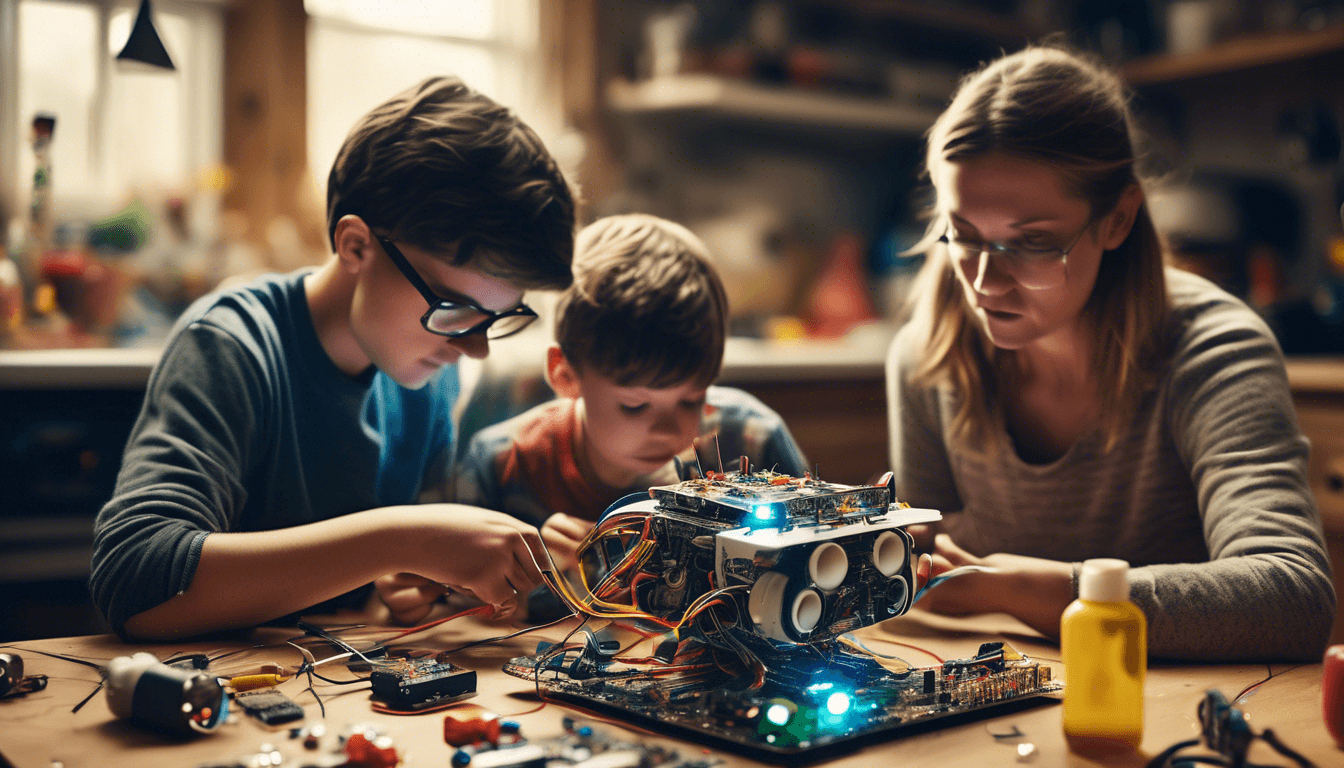
As smart companion robots with voice recognition become more advanced and affordable, they have the potential to revolutionize the way we live and interact with technology. They can provide companionship for the elderly, assist those with disabilities, and even serve as educational tools for children.
But beyond practical applications, these robots represent a new frontier in human-machine interaction. They blur the lines between tool and friend, challenging our notions of what it means to form meaningful connections. As we continue to develop and refine this technology, we must also grapple with the ethical and societal implications of sharing our lives with intelligent machines.
One thing is certain: the future of home companionship is exciting, and perhaps a bit daunting. But with the right approach and an open mind, we can embrace the possibilities of smart robots and forge new kinds of relationships that enhance our lives in ways we never thought possible. So go ahead, strike up a conversation with your robotic pal – you might just find a friend for life (or at least until the next software update).

